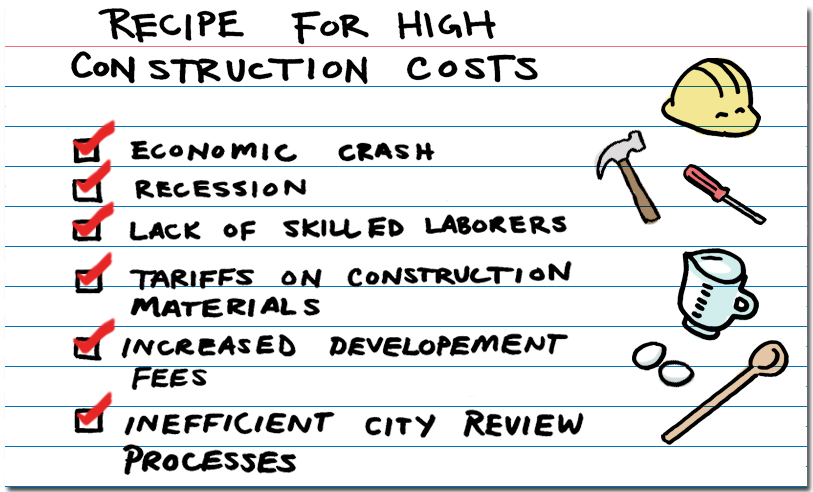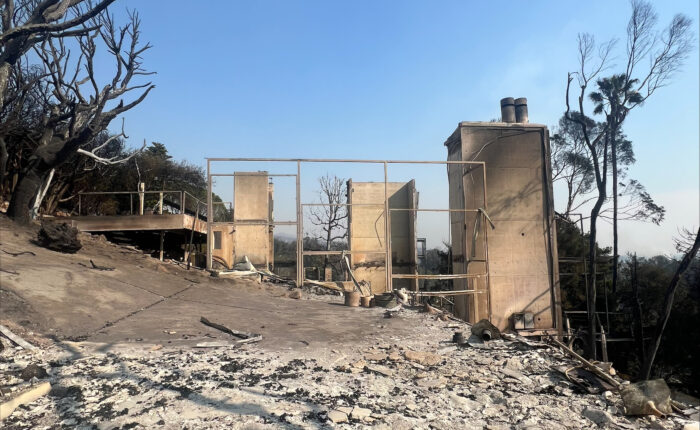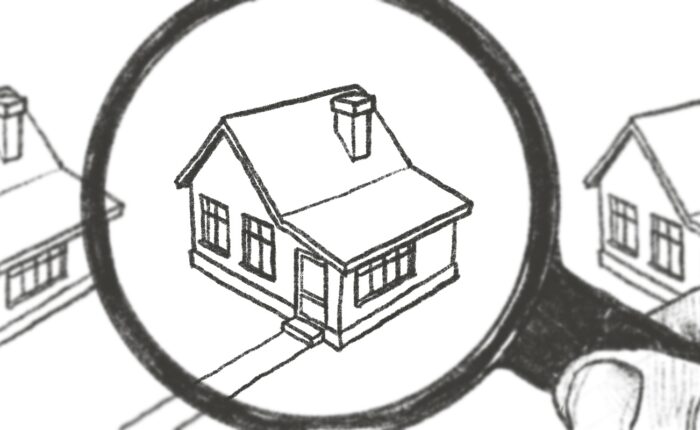In our endeavor to be lifelong learners, we’ve started a new tradition at Tracy A. Stone Architect called… wait for it… “read the magazines that get mailed to the office.” Originally, we had decided to purge all the unwanted subscriptions (and if you know the design and construction industry, there are TONS that mysteriously show up). But then we started reading them and discovered interesting articles and new products that might have gone unnoticed. So, for our latest blog article, we wanted to connect the dots within some common themes and give our readers a variety of perspectives on similar topics.
“The most valuable asset you’ll ever have
is your mind and what you put into it.”
-Brian Tracy (Motivational Speaker and Author)
The Real Cost of Building
Say you want to build a new structure and have no idea what it could cost — where do you even start? Many believe the best thing to do is get a cost estimate done on some basic plans. Historically, a cost estimator could calculate quantities together with historical cost data, add factors for escalation and design contingencies and there’s your number.
The Reality:
According to a recent Construction Specifier magazine article, 98 percent of projects are over-budget.
This article goes in-depth about how to solve this discrepancy — think robots and predictive data to evaluate market volatility, local cost and labor trends, as well as worldwide fluctuations in availability and pricing such as changes in construction material tariffs, etc. But the analysis of what caused this issue in the first place is what struck a chord in our office.
The Why:
We all remember the economic crash of 2008, but what most don’t realize are the long-lasting effects still present in the construction industry today. Without construction work readily available after the crash, the number of skilled laborers was inevitably reduced by three-fifths. In the 2010s, the construction industry started to recover and began significant regrowth however the need for skilled tradesmen still exists owing to the loss of experts in fields primarily experience-driven (masons, framers, welders, plasterers, etc.).
The Result:
This skilled labor shortage means the best of the best are now slammed with work and likely price themselves accordingly which contributes to an increase in construction costs.
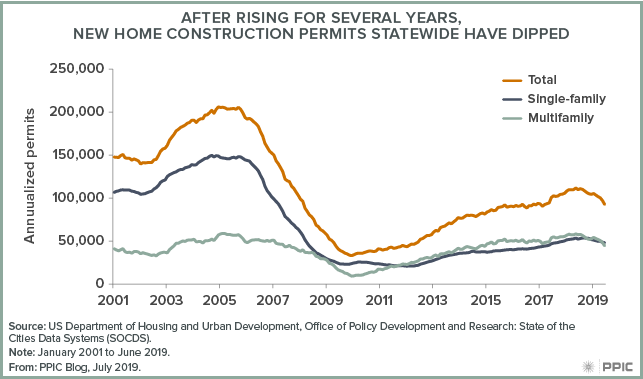
The Real Cost of Building in Los Angeles
More often than not, during our first interview with clients, they ask how much their project will cost. We’ve been called “dream killers” when we break the news that you can’t build a new house on a budget of $300,000. While that sounds like a lot of money, the reality is that construction in Los Angeles is expensive – the high costs of labor, materials, permitting fees, and the regulations hanging projects up in city processes, really add up.
The Result?
A recent article by the Los Angeles Times published that the number of new housing permits in California has actually declined by 16% in a time of desperation for new housing. To keep up with demand, officials have estimated the need for 180,000 new units per year where only about 93,000 units were issued in the last year. Concerns about over-development have been looming despite the healthy local economy.
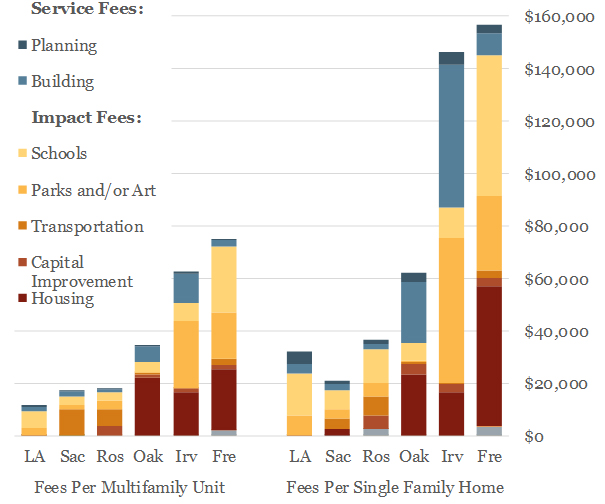
The High Costs of Affordable Housing
Development fees may be keeping Angelenos from access to affordable housing options.
“Charge the developer” is a common approach cities take to get something back from new developments. These charges can include fees for parks, fees to provide affordable housing and fees to have new departments review the project. During construction the developer is required to upgrade adjacent streets and utilities (not to mention pay the additional design and permit fees for those improvements). It’s not rocket science to understand that the more money it costs to build, the more the end user will have to pay.
High Fees Can Curtail Necessary Development and Increase the Cost of Living
As a part of 2017 legislation, an impact fee study was undertaken to analyze the fees required to build a multi-family and single family development in key cities across California. The survey showed that in Los Angeles, a typical multi-family unit costs nearly $14,000 in fees and each single-family dwelling is about $11,000 in fees.
“At first glance, this study confirms what we have long suspected:
that in some areas, local fees on development are so burdensome that they are reducing the
ability to construct needed housing and increasing the cost of living for residents,”
Assemblyman Tim Grayson said in a written statement.
It has long been understood that a city the size of Los Angeles, with its growing population, has a need for increased housing, and in particular, affordable housing. A closer look at the costs of new construction (or rehabilitation of existing buildings), with the inherent development fees and high-priced labor is having the opposite effect: a housing shortage and a rising cost of living for Angelenos.
Read more of these interesting articles:
- Predictive data: Revolutionizing preconstruction planning
- In the midst of California’s housing crisis, construction slows and lawmakers stall
- California home builders are pulling back, deflating hopes for housing relief
- New Housing Permits Decline Statewide
- One reason housing is so expensive in California? Cities, counties charge developers high fees
- It All Adds Up: The Cost of Housing Development Fees in Seven California Cities

